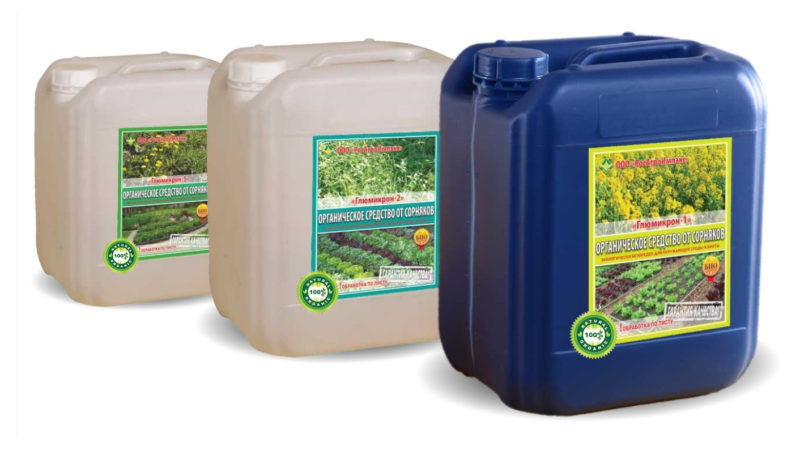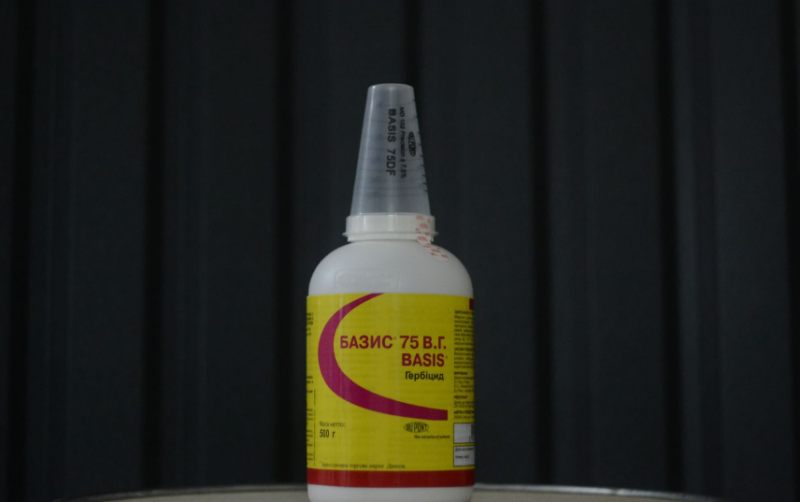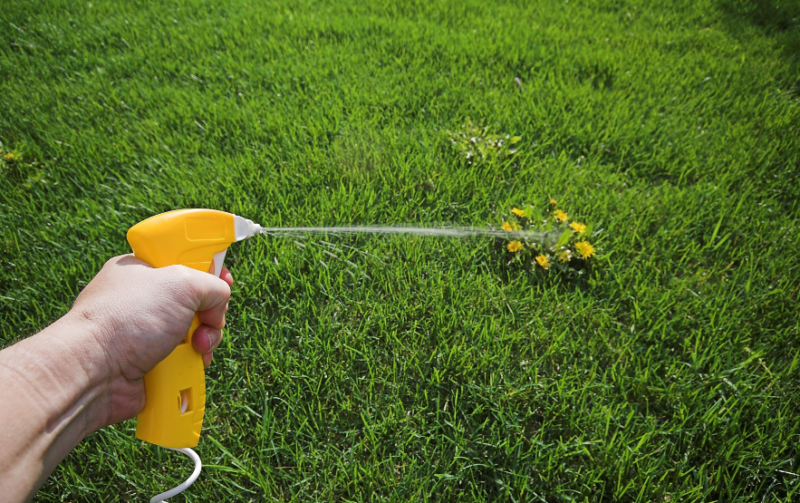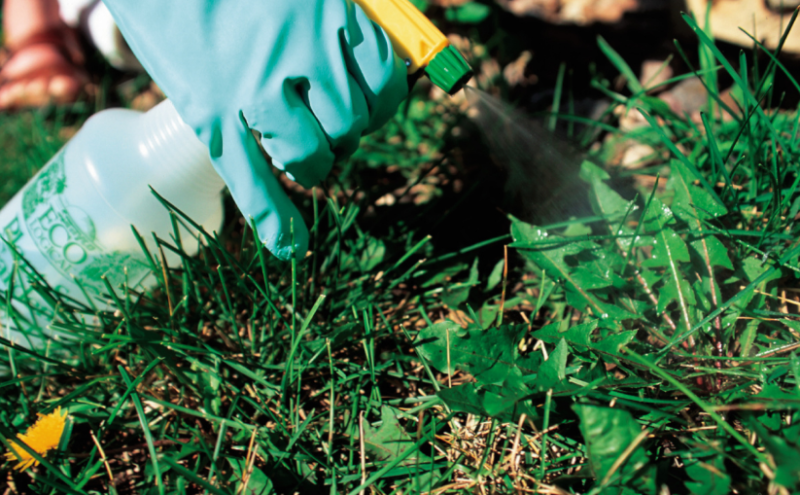Herbicides are often used on farmland. These drugs differ in chemical composition and in the way they affect vegetation.
Material Content:
The mechanism of action of drugs
Weed herbicides have different effects on plants.
According to the mechanism of exposure, these drugs are divided into the following types:
- Continuous herbicides destroy all greens. These chemical solutions are usually used if the soil was compelled to be on long-term idle time. They adversely affect both weed and crops. Based on this, continuous herbicides are used after harvesting.
- Systemic herbicides selectively affect vegetation. During treatment with these drugs, some plants die, while others do not suffer from the effects of the chemical. Selective action drugs are more often used in gardens. They can be brought to the root, spray them with the stem, leaves.
Note. When treated with selective stem herbicides, the root system remains unharmed. After a short period of time, new shoots appear.
Types of herbicides for weed control
Different types of herbicides are used to kill weeds.
According to the method of use, the preparations are of the following types:
- Soil. These solutions are applied exclusively to the topsoil, protecting the garden from weed. After biting seedlings, weeds get to the protective layer, then die. The greatest effectiveness of such drugs is given in moist, loose soil. For best results, you can dig the ground a little after processing.
- Leafy.These chemicals are used after weed emergence, the formation of the first leaves. When solutions reach the vegetation, its vital processes are blocked. Leaf preparations selectively affect weed grass.
- Contact. Chemical solutions of this type destroy only the weed area that was in contact with the drug. When spraying the leaves of a weed plant, its root system continues to exist, and after a while fresh shoots will go from it.
Knowing how different types of herbicides affect soil and vegetation, you can choose the best tool that does not cause damage to agricultural land.
Overview of the most effective tools
To combat harmful vegetation, which causes serious damage to useful crops, various chemicals are used.
The most effective drugs include the following:
- "Basis". The drug is a group of continuous herbicides. Stops the growth of weed grass, further eradicating it.
- Zencor. The tool is used to protect soy, tomato, potato. This drug destroys annual vegetation.
- Titus. It is used to preserve potatoes. This chemical in 5 days is able to eliminate the weed, preventing its subsequent appearance.
- "Hurricane". The most famous herbicide. Able to cope even with perennial weeds and woody plants. This drug is used on lands with any crops.
Today, you can choose a herbicide to protect any beneficial crops.
Application methods
To facilitate the cultivation of crops on agricultural land is possible only with the correct use of herbicides. There is a wide variety of these preparations, but only some of them are used for growing vegetables.
Important! The use of chemicals is permitted only in sunny, calm weather.
For agriculture, it is recommended to use only simple chemicals that do not harm healthy crops. But even they are dangerous for people and animals. Therefore, after spraying the soil, you should not go to the treated area for several days.
Before using herbicides, it is important to carefully read the instructions for use, and in the process, strictly observe the dosage.
The following recommendations are usually given:
- For processing 100 square meters. m. tomatoes must be diluted in 3 l of water 10 g of a concentrated solution. If at the time of processing no more than 4 leaves appeared, then 7 g of the drug is taken for 3 liters of water.
- When processing potatoes before germination, you need to take 10 g of solution in 3 liters of water. For best performance, loosening the soil is recommended before spraying. After the tops have grown a little, a second spraying should be carried out, 7 g of the chemical is taken for 3 liters of water.
The result of the treatment is noticeable after 4 days, provided that the plant being treated is annual. If spraying a perennial weed is carried out, then the effect appears after 7 days. When dealing with trees and shrubs, the result can be seen after 30 days.
Tips of experienced gardeners
Experienced gardeners give the following recommendations for treating weeds with herbicides:
- When processing a site on which there are already shoots of useful crops, the latter should be covered with a protective film.
- When processing the flower garden, it is better to apply the chemical with a brush, do not spray.
- If after a while the necessary result does not appear, then further treatment should not be performed with the selected drug. You may need to replace it.
- Processing is allowed only in the morning or evening hours, avoiding direct sunlight in the treated area.
- Weed control is better in spring or early summer. It was at this time that active sap flow was observed, contributing to the early spread of the chemical throughout the plant tissue.
Handle weeds with herbicides in cloudless weather.If it rains after spraying, then the desired result will not be.
Herbicides make summer clerks easier by eliminating weeds that prevent healthy crops from growing.

















